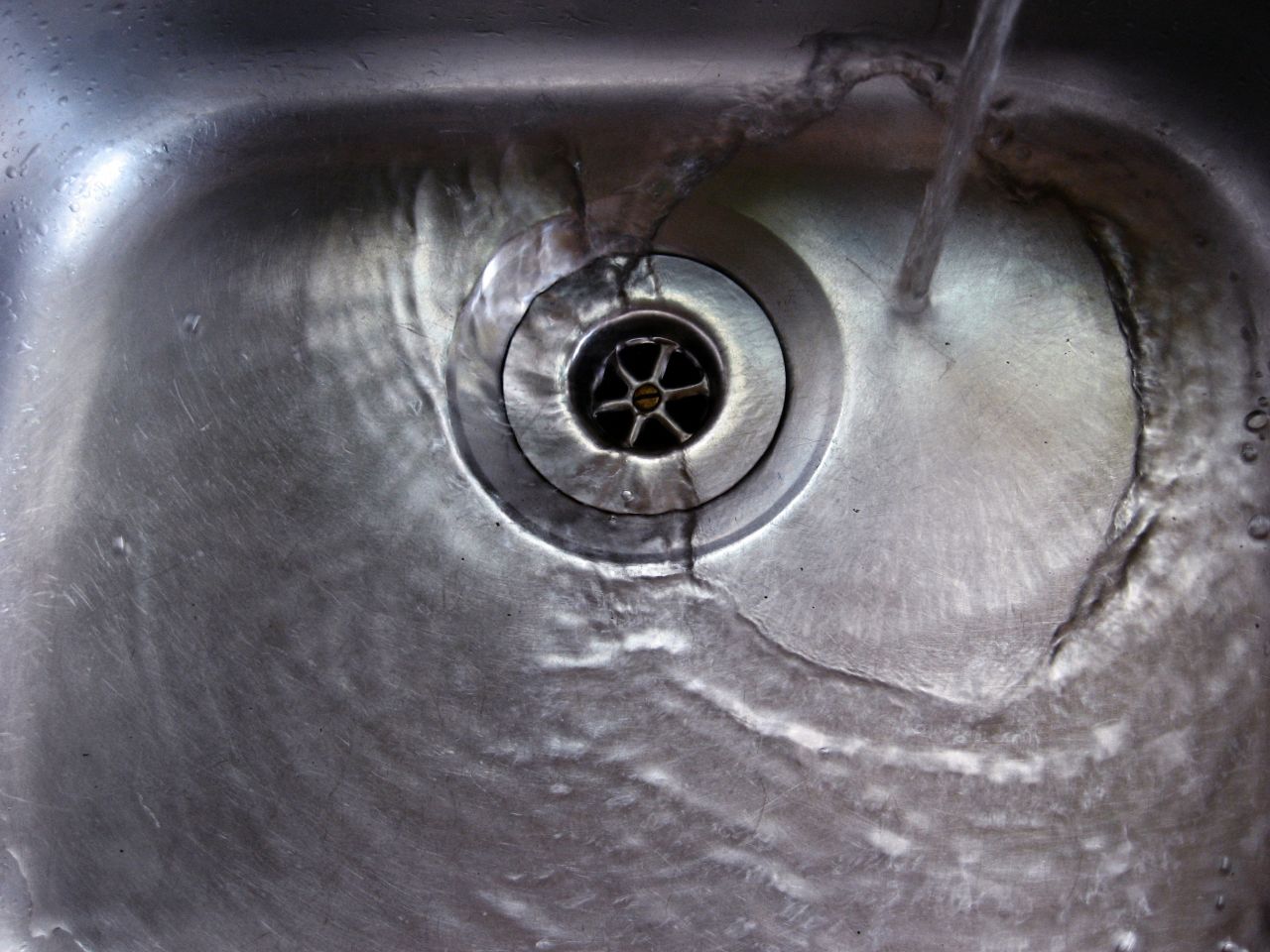Who Aided Flint When the Chips Were Down?
Located 66 miles northwest of Detriot, Flint was once the largest single manufacturing complex of General Motors in the country. When the GM plants closed in the 1980s and early 1990s, it left the city with a lackluster economy and population.
After the Great Recession, Michigan experienced a major drop in the private sector and a spike in state-government jobs.
In 2011, the state of Michigan took over Flint’s finances after an audit projected a $25 million deficit. Even though Flint’s water supply fund was $9 million in the red, officials were using some of this money to cover shortfalls in its general fund. The city switched water sources in 2014 in an effort to save money and used the Flint River during a two-year transition while a pipe was being built to connect Flint with Lake Huron.
The events following this transition made headlines around the world.
On August 14, 2014, the city announced that fecal coliform bacterium was detected in the water supply, prompting a boil-water advisory on the west side of the city — and that was just the tip of the iceberg.
For the next year, Flint residents had little to no access to clean water, as contaminants reached levels high enough to be considered hazardous waste by the Environmental Protection Agency.
To make matters worse, documents proved that Michigan officials knew about the problems in the water supply more than a year before official notice was given to Flint citizens.
This negligence caused an outbreak of 87 cases of Legionnaires’ disease, a form of pneumonia, and 10 deaths between June 2014 and November 2015, along with a 58 percent uptick in fetal deaths.
In times of natural disasters and other crises, most think first to turn to their governments for help, but Flint was ignored by local, state, and national governments and relied heavily on the private sector to reverse the damage.
For example, private companies like Walmart, Coca-Cola, Nestlé, and PepsiCo distributed 6.5 million bottles of water to Flint school children in 2016 compared to the 4.2 million given by the city.
This occurred while the government was still charging residents for water that they couldn’t safely use without a filter.
Colorado resident, 11-year-old Gitanjali Rao, was so troubled by these events that she developed a device that could identify lead compounds in water and was portable and relatively inexpensive.
Her device earned her a $25,000 check from the Discovery Education 3M Young Scientist Challenge that she plans to use partially for college and to invest in her device to make it commercially viable and to save lives.
Celebrities like Cher, Jimmy Fallon, and Bruno Mars pledged millions of dollars to aid those impacted by the water crisis. These are just some examples of the hundreds of companies, organizations, and individuals who have used innovation, charity, and free-market principles to take care of the basic needs for others without the interference and incompetence of big government.
Image: R/DV/RS.










